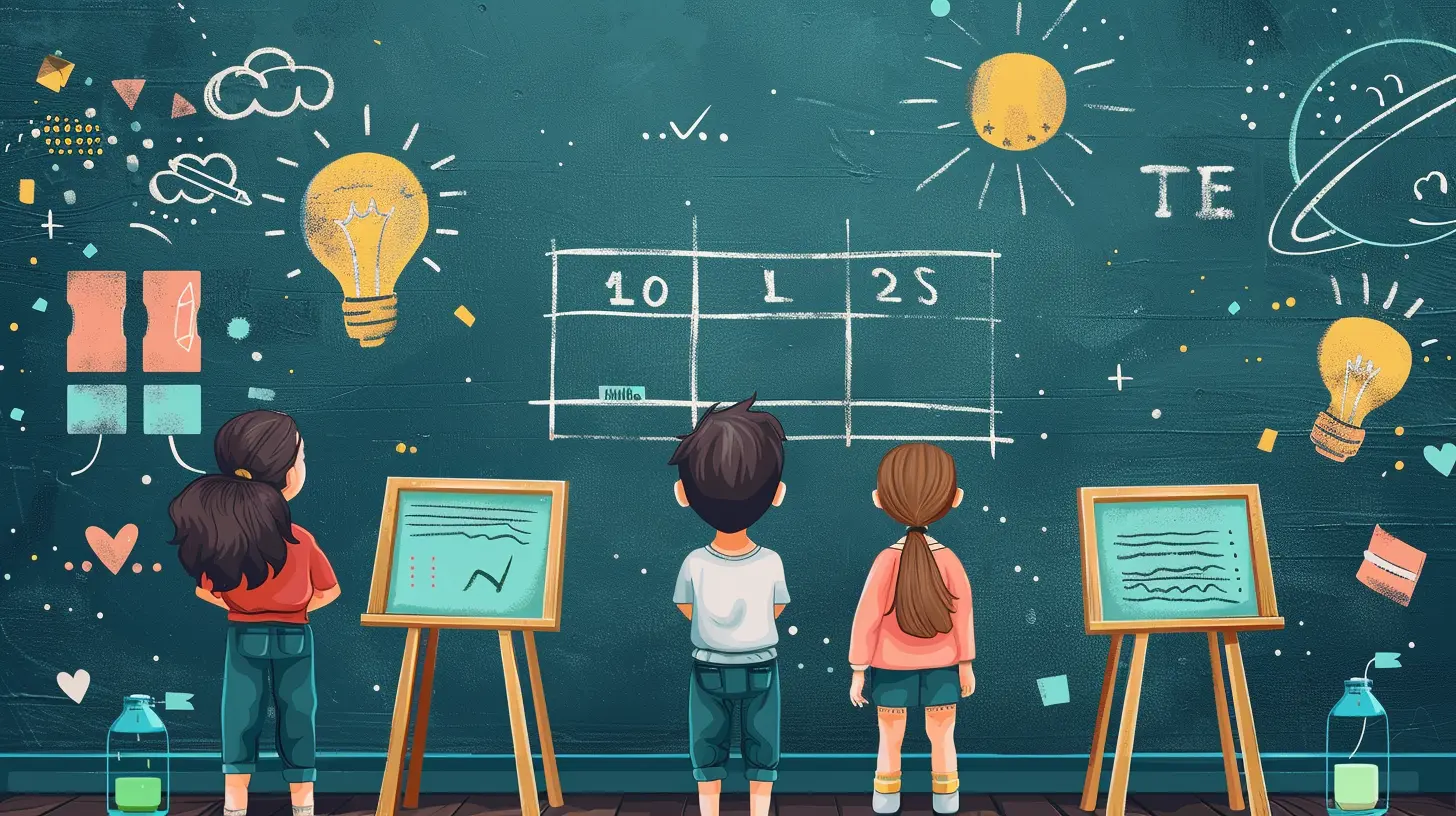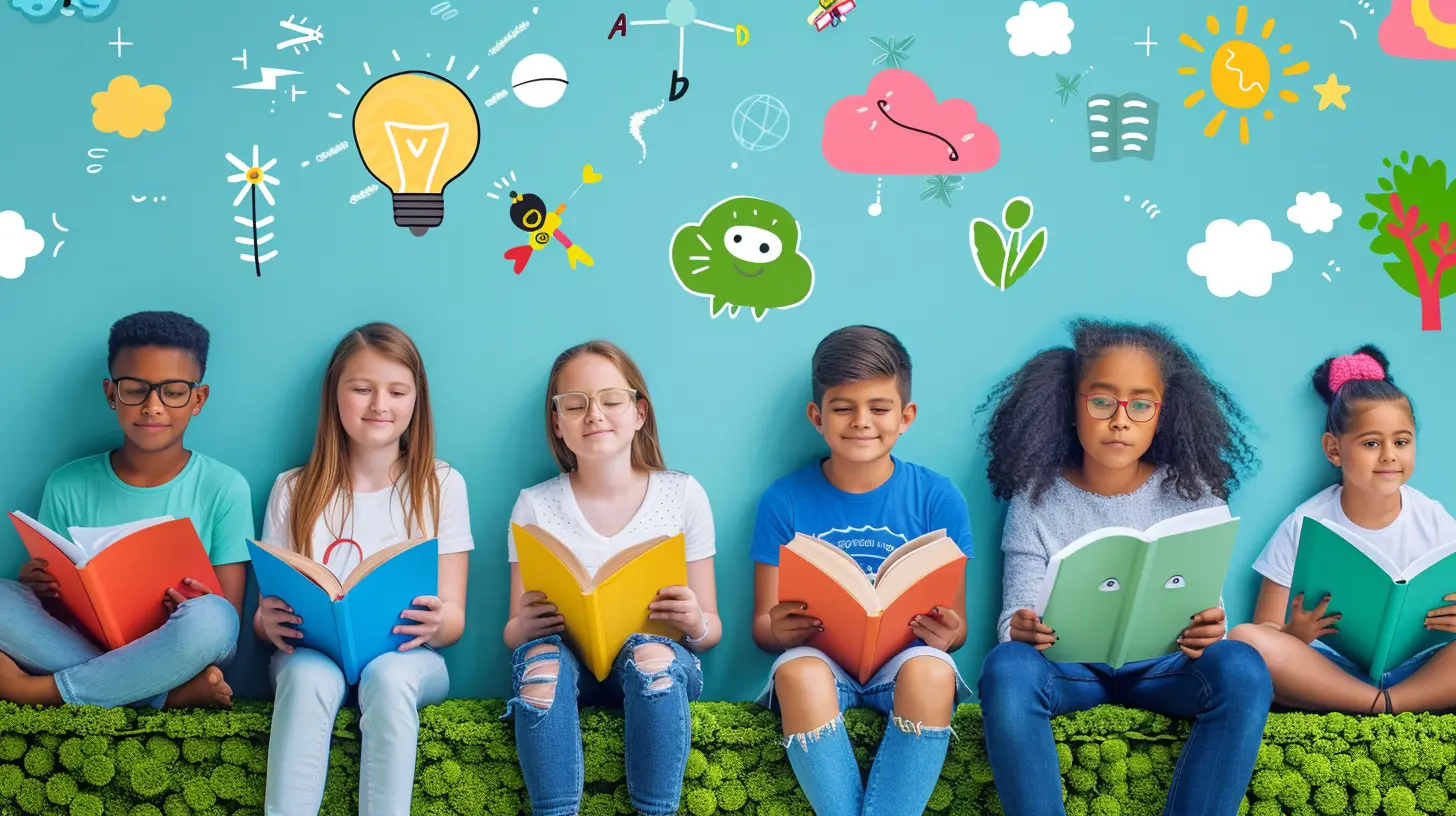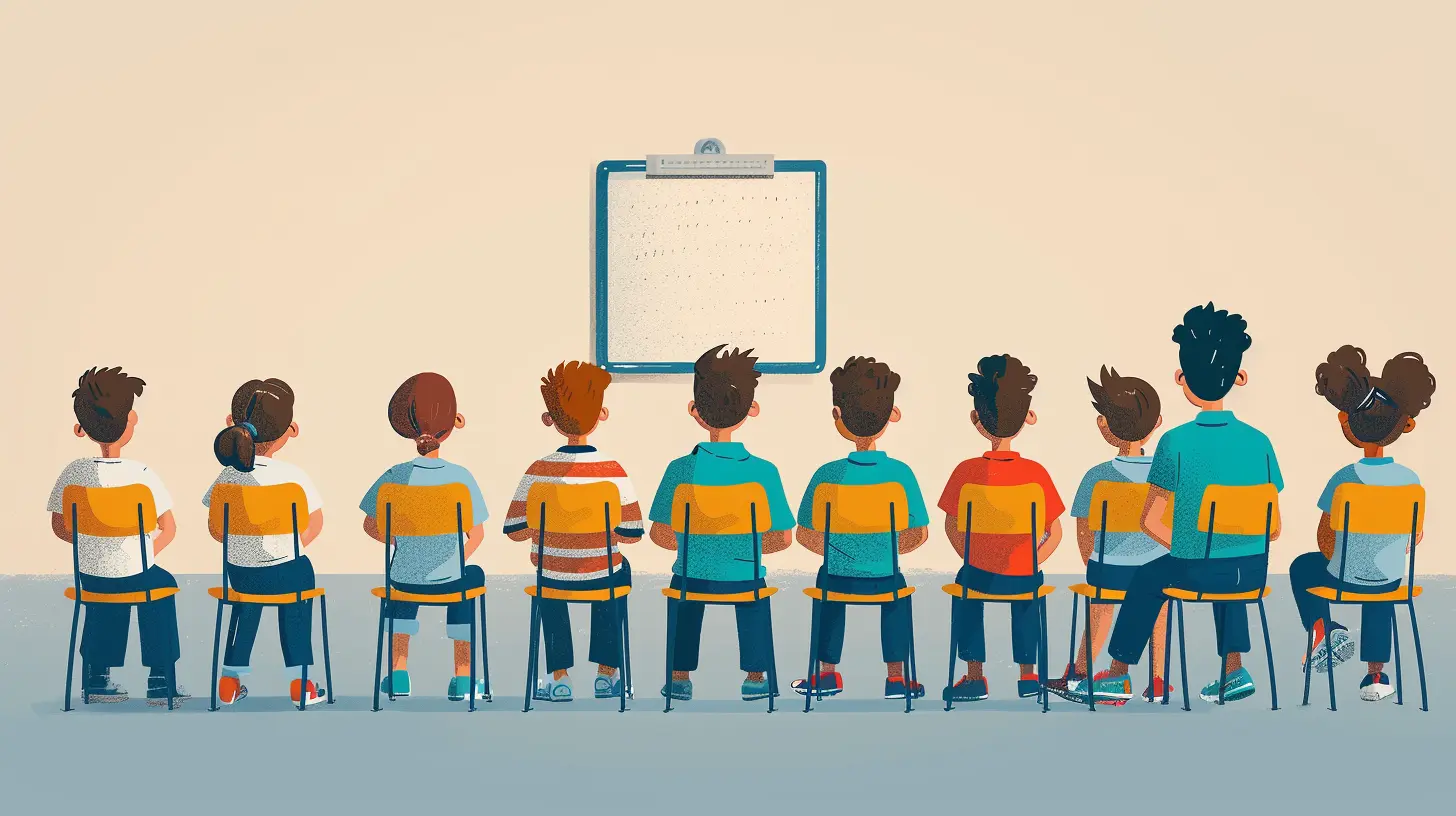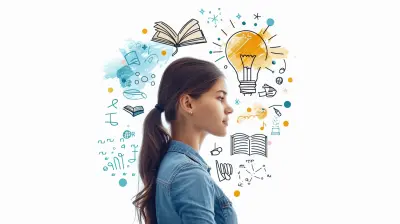1 April 2025
Education isn’t a one-size-fits-all journey. Each student walks into a classroom with unique strengths, weaknesses, and learning preferences. Some thrive with hands-on activities, while others absorb information best through reading or listening. As an educator, understanding and catering to these diverse learning styles can be the key to unlocking a student’s full potential.
So, how can teachers nurture multiple learning styles in a way that benefits every student? Let’s dive into the heart of this challenge and explore practical strategies that truly make a difference.

Understanding Multiple Learning Styles
Before jumping into strategies, it’s important to recognize the different ways students learn. While there are various models out there, one of the most commonly accepted frameworks is the VARK model, which identifies four primary learning styles:1. Visual Learners – Absorb information best through images, diagrams, charts, and videos.
2. Auditory Learners – Learn effectively through discussions, lectures, and audio materials.
3. Reading/Writing Learners – Prefer text-based input and benefit from reading and writing activities.
4. Kinesthetic Learners – Grasp concepts through hands-on experiences and movement-based learning.
Of course, most students don’t fit neatly into just one category. Many have a combination of these learning preferences, making it crucial for teachers to adopt a flexible and inclusive approach.

Why Is It Important to Cater to Different Learning Styles?
Imagine walking into a restaurant where the menu only offers one dish. If it’s your favorite meal, great! But if it’s something you dislike, you’re left hungry and frustrated. The same logic applies to learning.If a teacher relies solely on lectures, auditory learners might flourish, but visual or kinesthetic learners may struggle to grasp the material. By incorporating multiple teaching methods, educators create an environment where all students have the opportunity to engage, understand, and succeed.

How Can Teachers Support Multiple Learning Styles?
Now that we’ve established why it’s important, let’s talk about how teachers can effectively support different learning styles in the classroom.1. Use a Variety of Teaching Methods
A mix of teaching techniques ensures that all students have a chance to thrive. Instead of sticking to one format, teachers can:- Incorporate visuals – Use slides, infographics, mind maps, and videos for visual learners.
- Encourage discussions – Group activities and debates benefit auditory learners who process information through conversation.
- Assign written tasks – Essays, reports, and journaling activities cater to reading/writing learners.
- Offer hands-on experiences – Science experiments, role-playing, and field trips engage kinesthetic learners.
By switching things up, teachers create a well-rounded learning experience that keeps students engaged and attentive.
2. Foster a Student-Centered Classroom
A student-centered approach means shifting the focus from the teacher to the students. Instead of simply delivering information, teachers act as facilitators, guiding students to discover knowledge in ways that suit them best.How can this be done?
- Allow students to choose their learning style for projects, whether it’s a visual presentation, a written report, or a hands-on demonstration.
- Provide opportunities for self-paced learning, giving students the freedom to approach topics in ways that work for them.
- Use interactive learning stations where students rotate between different activities that cater to multiple learning styles.
Giving students a sense of ownership over their learning boosts engagement and motivation.
3. Leverage Technology
Technology is a game-changer for accommodating diverse learning styles. Whether it’s online resources, interactive apps, or digital simulations, technology provides multiple ways for students to engage with content.Some effective tools include:
- Educational videos and animations (great for visual learners).
- Podcasts and audiobooks (ideal for auditory learners).
- Online quizzes and flashcards (helpful for reading/writing learners).
- Virtual labs and simulation games (perfect for kinesthetic learners).
With so many digital resources available, teachers can easily customize lessons to meet the needs of all students.
4. Encourage Peer Learning
Students often learn just as much (if not more) from their peers as they do from their teachers. Collaborative learning activities allow students with different learning styles to support one another.For example:
- Pair a visual learner with an auditory learner so they can explain concepts to each other in ways that make sense to them.
- Have students work in small groups to complete projects that involve both discussion and hands-on tasks.
- Implement peer teaching, where students take turns explaining topics to the class using methods that suit their strengths.
This kind of teamwork fosters inclusion and helps students develop a deeper understanding of the material.
5. Adapt Assessments to Different Learning Styles
Traditional tests and quizzes are effective for some, but they don’t accurately measure every student’s potential. Offering a variety of assessment methods ensures that all students have a way to demonstrate what they’ve learned.Consider these alternatives:
- Oral presentations or discussions for students who express themselves better verbally.
- Creative projects, drawings, or models for those who thrive visually.
- Written reflections, research papers, or reports for reading/writing learners.
- Interactive demonstrations or role-play activities for kinesthetic learners.
Giving students different ways to showcase their abilities results in a more accurate and fair assessment of their understanding.
6. Provide Constructive Feedback
Feedback plays a huge role in effective learning. But just like teaching methods, feedback should also be tailored to individual students.- For visual learners, use annotated comments with diagrams or color-coded highlights.
- For auditory learners, consider discussing feedback verbally.
- For reading/writing learners, provide detailed written feedback.
- For kinesthetic learners, offer interactive revision activities where they can actively apply suggestions.
This approach ensures that students actually understand and apply the feedback given to them.
7. Create an Inclusive and Supportive Environment
At its core, teaching isn’t just about delivering content—it’s about creating an environment where all students feel seen, heard, and valued.A few ways to build an inclusive classroom:
- Encourage students to express their needs and preferred learning styles.
- Avoid labeling students based on their strengths or challenges.
- Validate all learning styles and reassure students that there’s no "wrong" way to learn.
By fostering inclusivity, teachers help build students' confidence and encourage them to embrace their unique learning paths.

Final Thoughts
The role of a teacher goes beyond simply delivering lessons—it's about shaping minds, unlocking potential, and making learning meaningful for every student. By recognizing and nurturing multiple learning styles, educators not only enhance understanding but also create a classroom where every learner feels valued and capable.Yes, it takes effort, patience, and creativity, but the payoff? A generation of students who love learning, not just because they have to, but because they truly connect with the material. And that’s the ultimate goal of education, isn’t it?




Layla McLean
Teachers play a vital role in recognizing and adapting to diverse learning styles, fostering inclusive educational environments.
April 2, 2025 at 3:46 AM